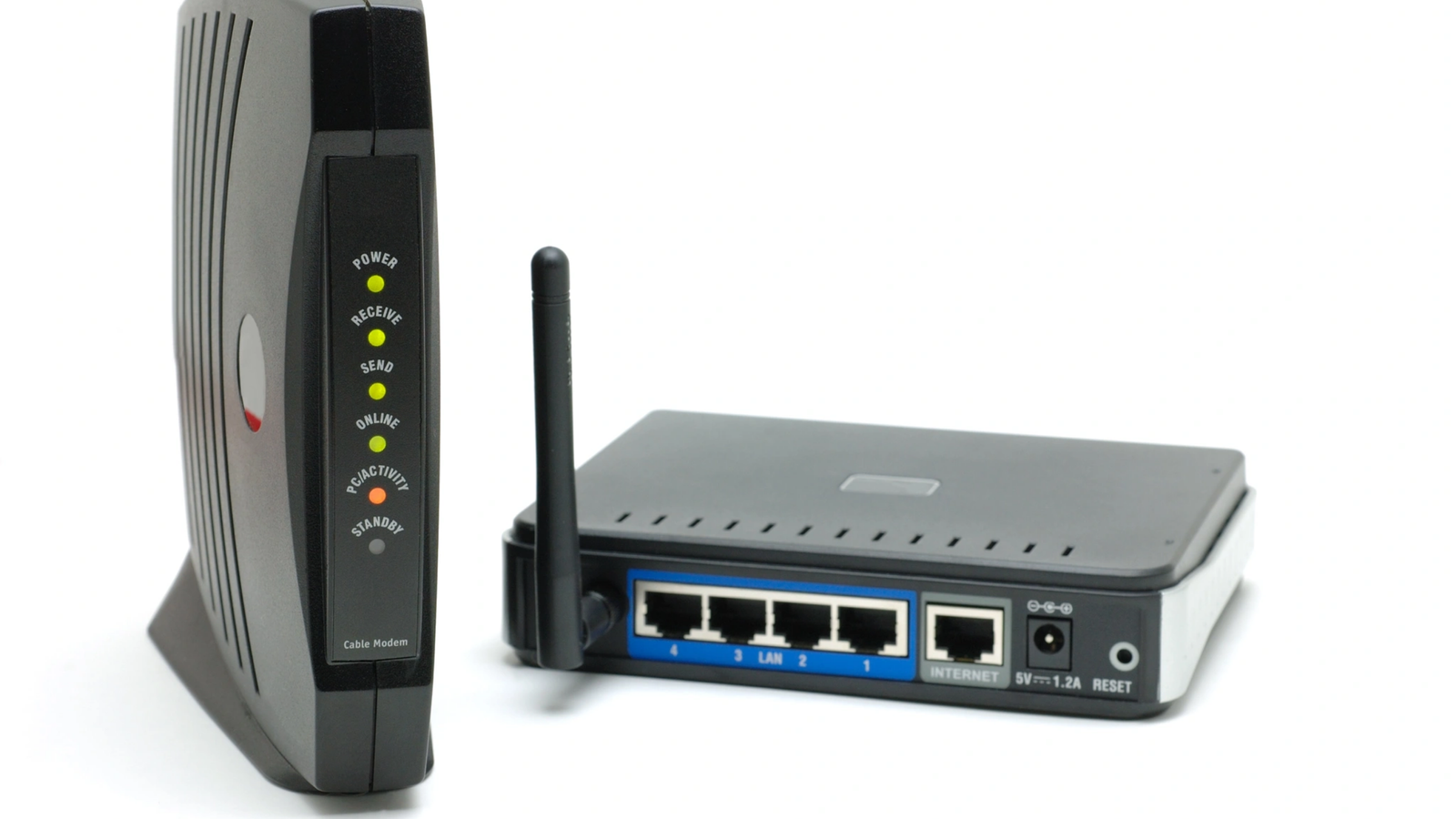In the high-stakes world of financial trading, every microsecond counts. The difference between profit and loss often hinges on the speed and reliability of network infrastructure. Customer Premises Equipment (CPE) solutions play a crucial role in optimizing low-latency trading networks, ensuring traders and institutions execute orders faster than their competitors.
This article explores how cutting-edge CPE solutions enhance low-latency financial trading networks, the technologies driving these improvements, and why financial firms must invest in the right infrastructure to stay ahead.
Why Low Latency Matters in Financial Trading
Financial markets operate at lightning speed. Whether it’s high-frequency trading (HFT), algorithmic trading, or real-time analytics, delays—even in milliseconds—can lead to missed opportunities or significant losses.
Key Challenges in Financial Trading Networks:
- Network Congestion: Heavy traffic can slow down order execution.
- Geographical Distance: Physical distance between exchanges and trading firms introduces latency.
- Hardware Limitations: Outdated CPE devices can bottleneck performance.
To combat these issues, financial institutions rely on ultra-low-latency CPE solutions designed to minimize delays and maximize efficiency.
How CPE Solutions Optimize Low-Latency Trading
1. High-Performance Network Interface Cards (NICs)
Modern low-latency NICs bypass traditional network stacks, reducing processing time. Features like kernel bypass and TCP/IP offloading ensure data moves directly from the network to the application with minimal delay.
2. FPGA-Based Acceleration
Field-Programmable Gate Arrays (FPGAs) are reconfigurable chips that process trading algorithms at hardware speed. Unlike traditional CPUs, FPGAs execute tasks in parallel, slashing latency in:
- Order routing
- Market data processing
- Risk checks
3. Microwave & Millimeter-Wave Links
For firms requiring the fastest possible connections between exchanges, microwave and millimeter-wave radio links offer lower latency than fiber optics over short distances. These wireless solutions are critical for cross-exchange arbitrage strategies.
4. Smart Order Routing (SOR) Optimization
CPE devices equipped with AI-driven SOR dynamically select the fastest execution path across multiple liquidity pools, reducing slippage and improving fill rates.
5. Proximity Hosting & Colocation
By deploying CPE solutions in colocation data centers near exchanges, firms minimize physical distance delays. This setup ensures sub-millisecond execution speeds, a must for HFT firms.
Key Features of High-Performance CPE for Trading
When selecting CPE solutions for low-latency trading, firms should prioritize:
| Feature | Why It Matters |
|---|---|
| Ultra-Low Latency NICs | Reduces data processing delays |
| FPGA Acceleration | Enables hardware-speed trading logic |
| Predictive Analytics | Optimizes routing decisions in real-time |
| Redundant Power & Cooling | Ensures 24/7 uptime |
| DDoS Protection | Safeguards against cyber threats |
Real-World Impact: Case Studies
Case Study 1: High-Frequency Trading Firm Cuts Latency by 40%
A leading HFT firm replaced legacy CPE with FPGA-accelerated routers, reducing order execution time from 50µs to 30µs. The upgrade translated to $12M in annualized gains due to improved trade fills.
Case Study 2: Investment Bank Enhances Cross-Exchange Arbitrage
By deploying microwave-linked CPE devices between NY4 and LD4 data centers, a global bank reduced inter-exchange latency from 4ms to 0.8ms, significantly boosting arbitrage profits.
Future Trends in Low-Latency CPE for Trading
1. Quantum Networking
Early experiments in quantum-secured trading networks promise near-instantaneous data transfer, potentially revolutionizing latency-sensitive trading.
2. 5G-Powered Edge Computing
The rollout of 5G private networks enables ultra-reliable, low-latency communication (URLLC), allowing traders to execute orders from anywhere with minimal delay.
3. AI-Driven Predictive Routing
Next-gen CPE solutions will leverage machine learning to predict market movements and pre-optimize routing paths before orders are placed.
Conclusion: Staying Ahead with the Right CPE Solutions
In the race for zero-latency trading, CPE solutions are the unsung heroes. By investing in FPGA acceleration, high-speed NICs, and proximity hosting, financial firms can shave off critical microseconds, securing a competitive edge.
As technology evolves, traders must stay ahead by adopting next-gen CPE innovations—because in financial markets, speed isn’t just an advantage; it’s the difference between leading the pack and falling behind.
